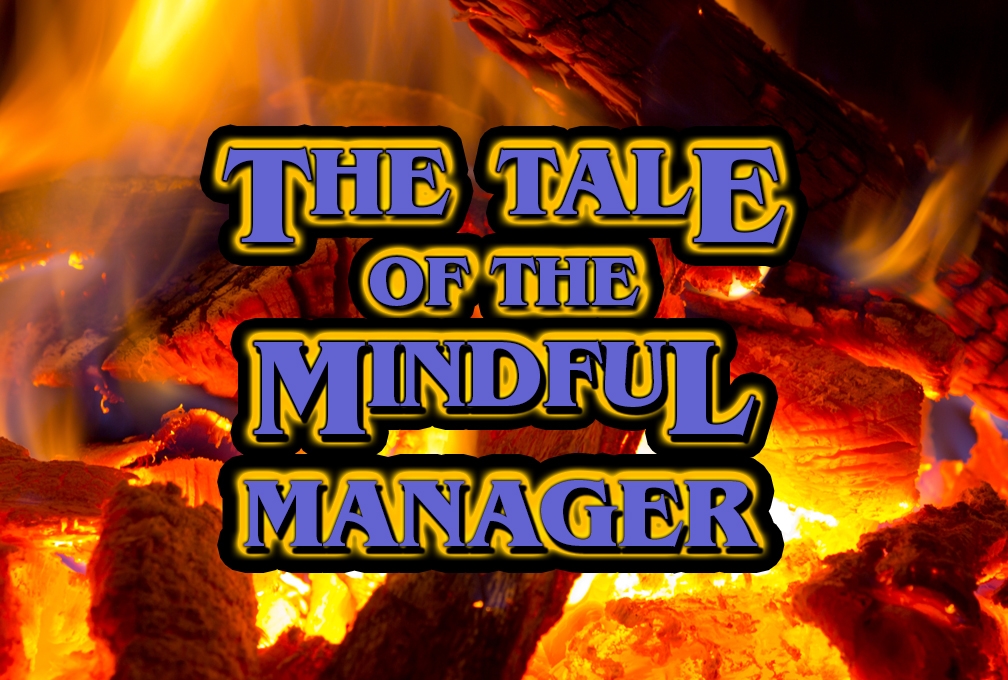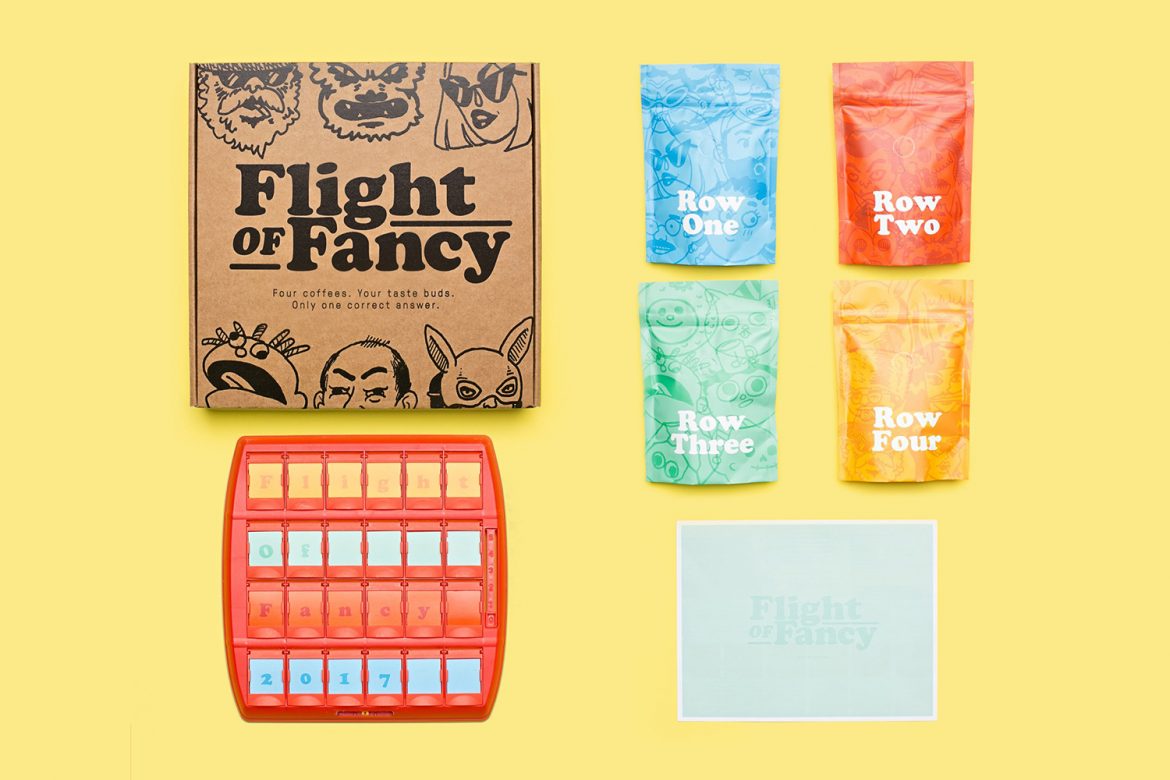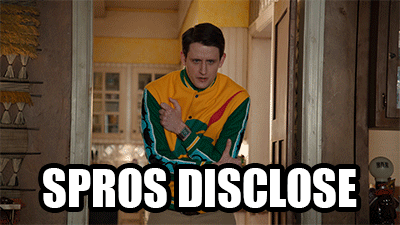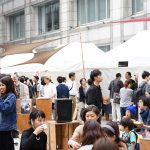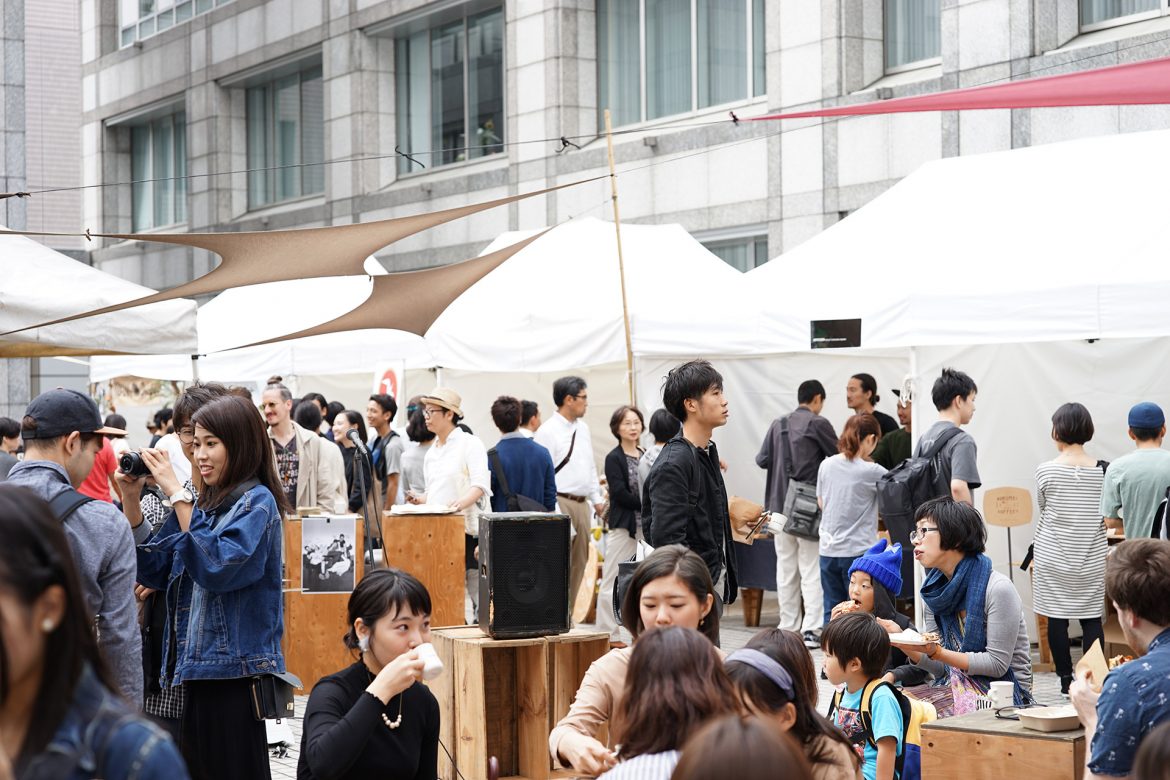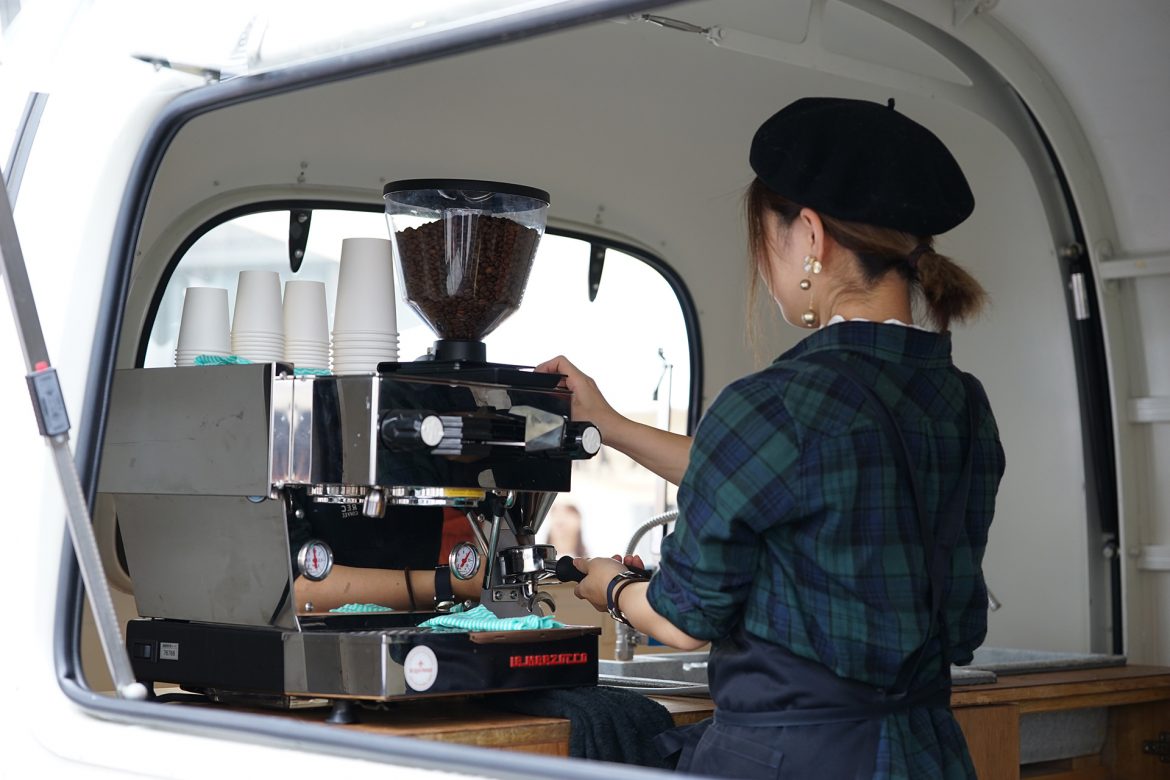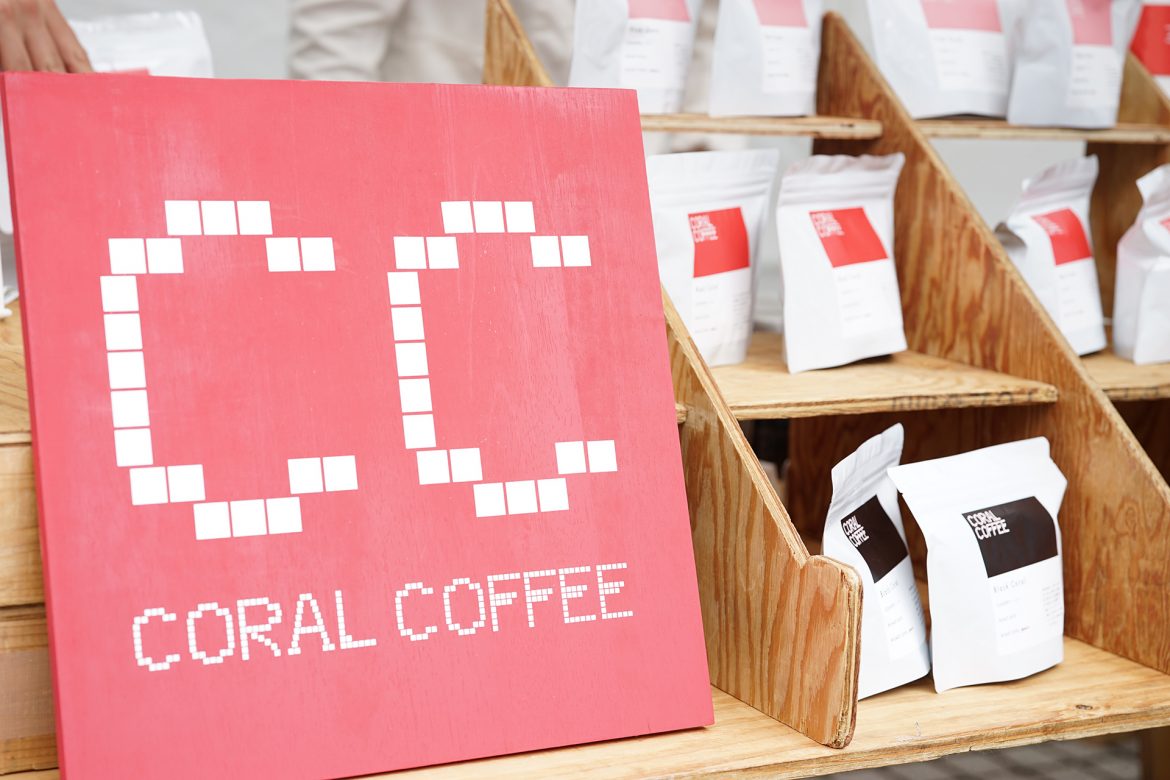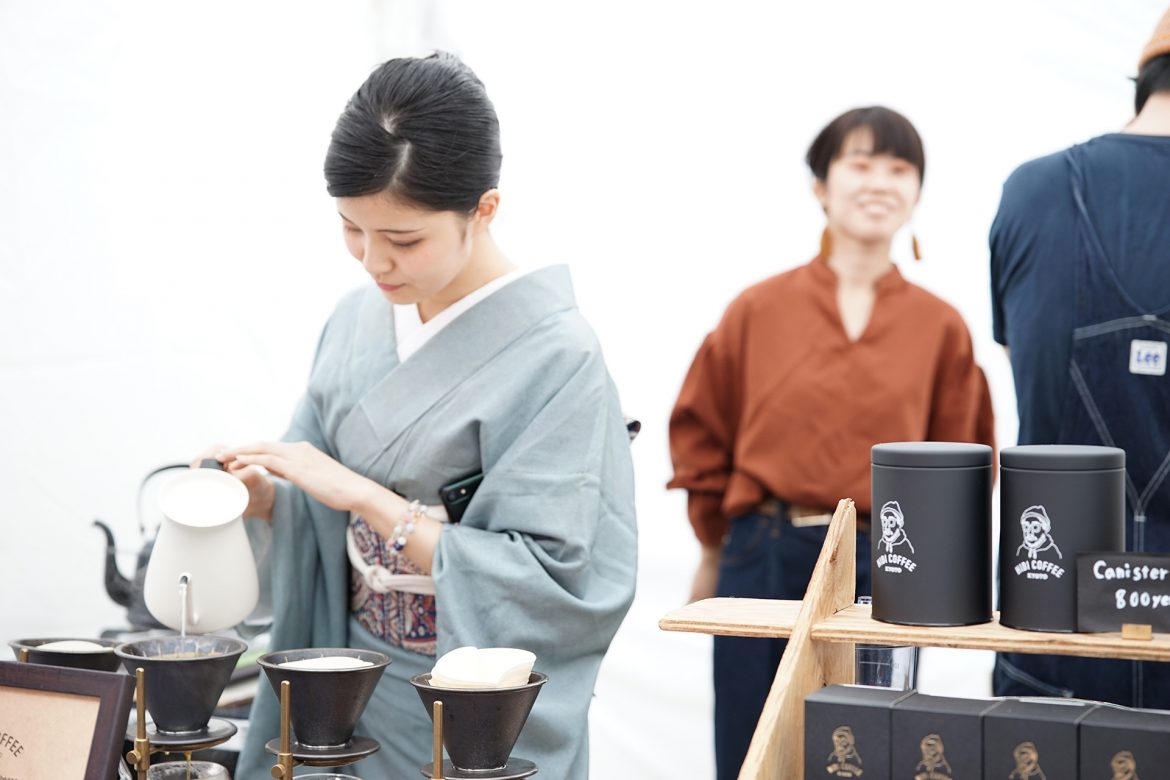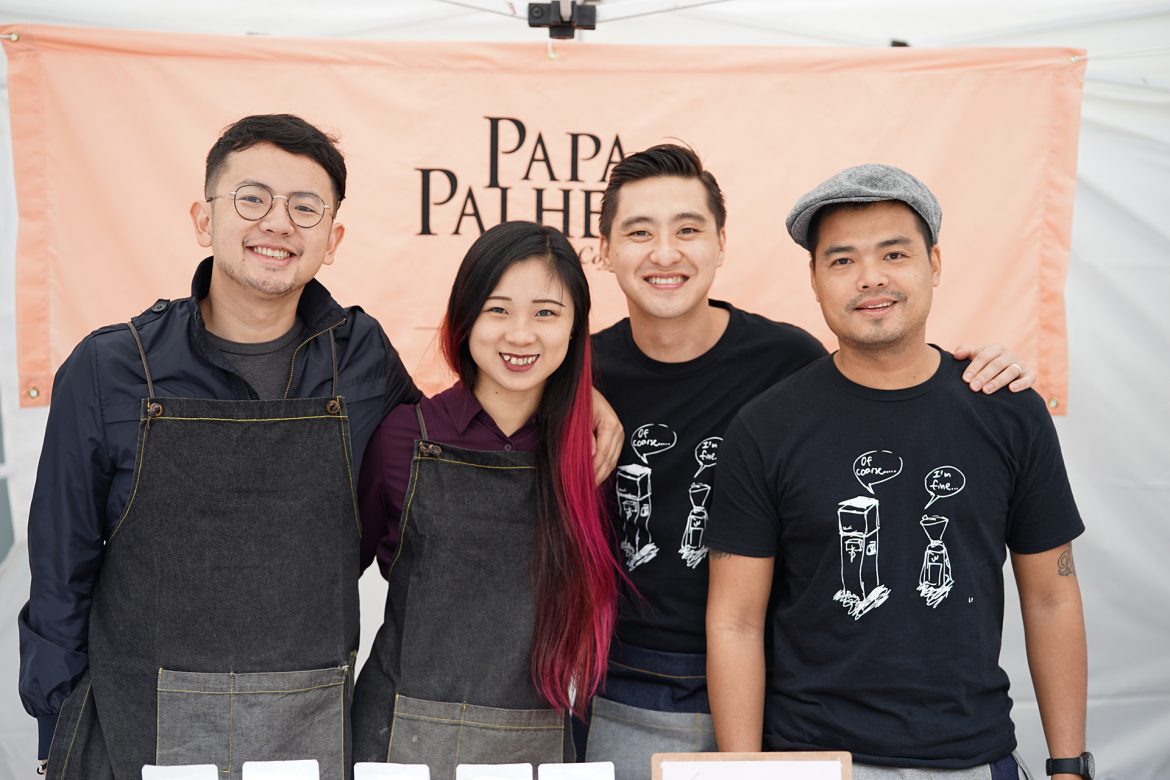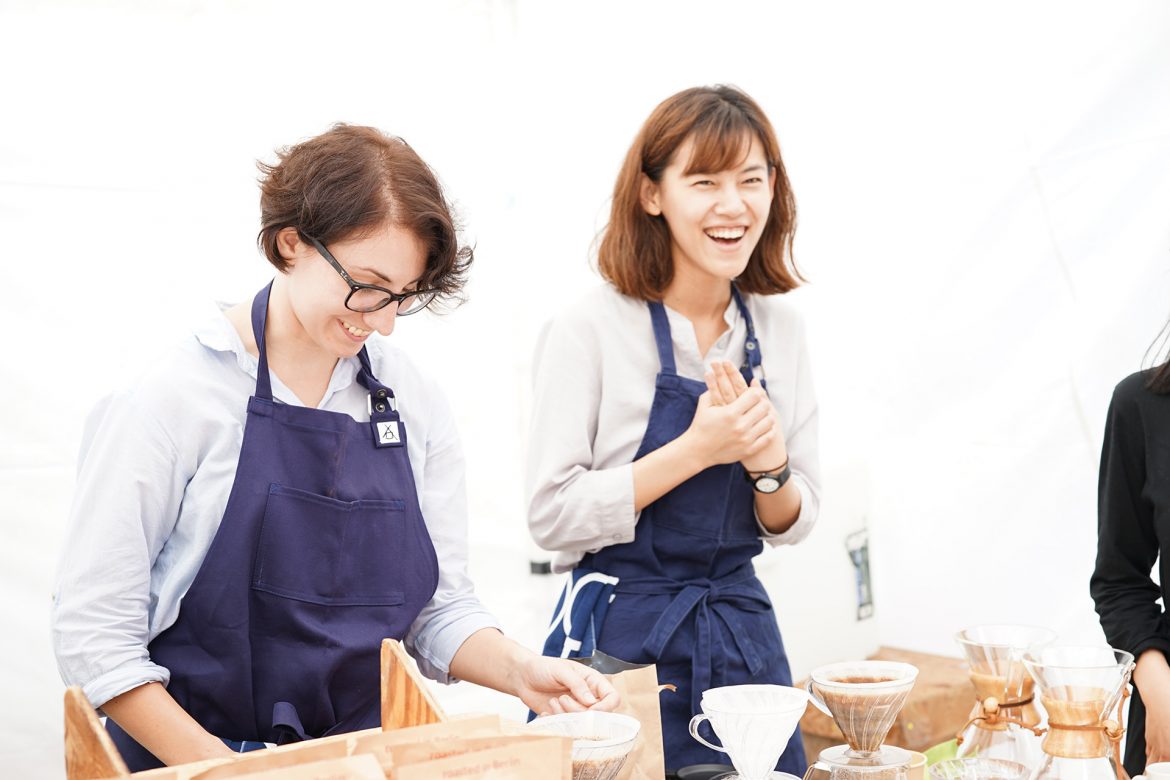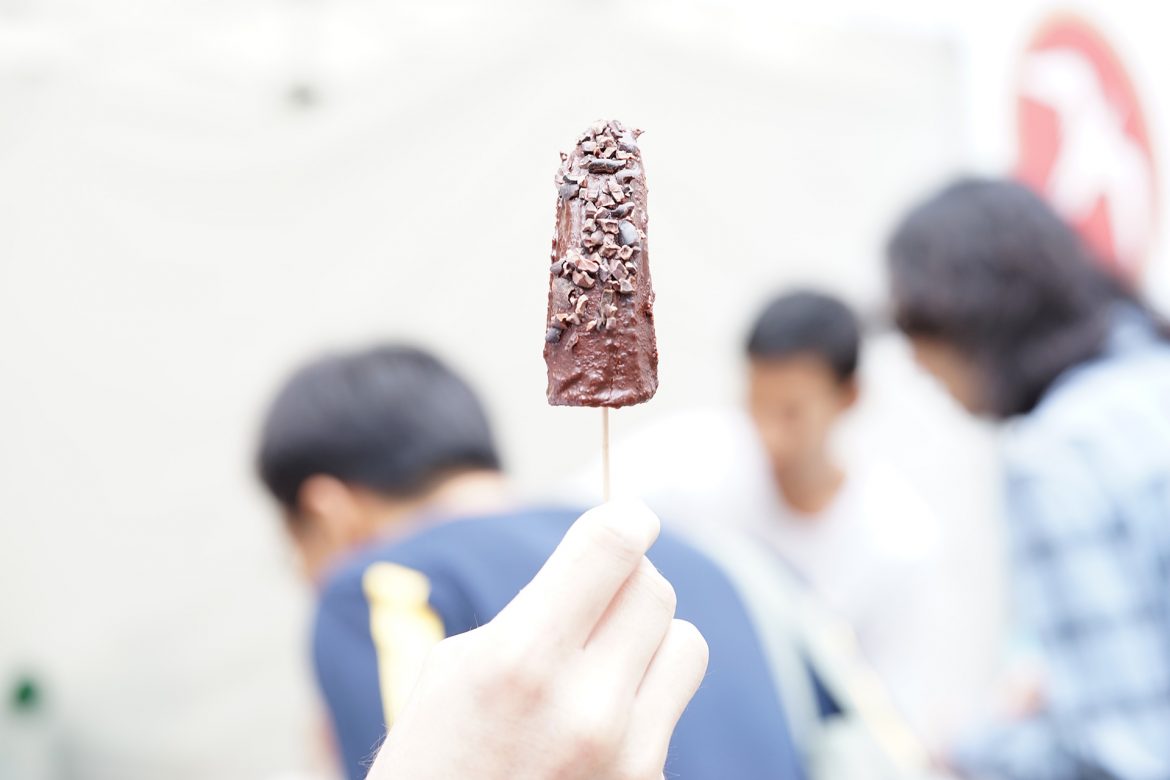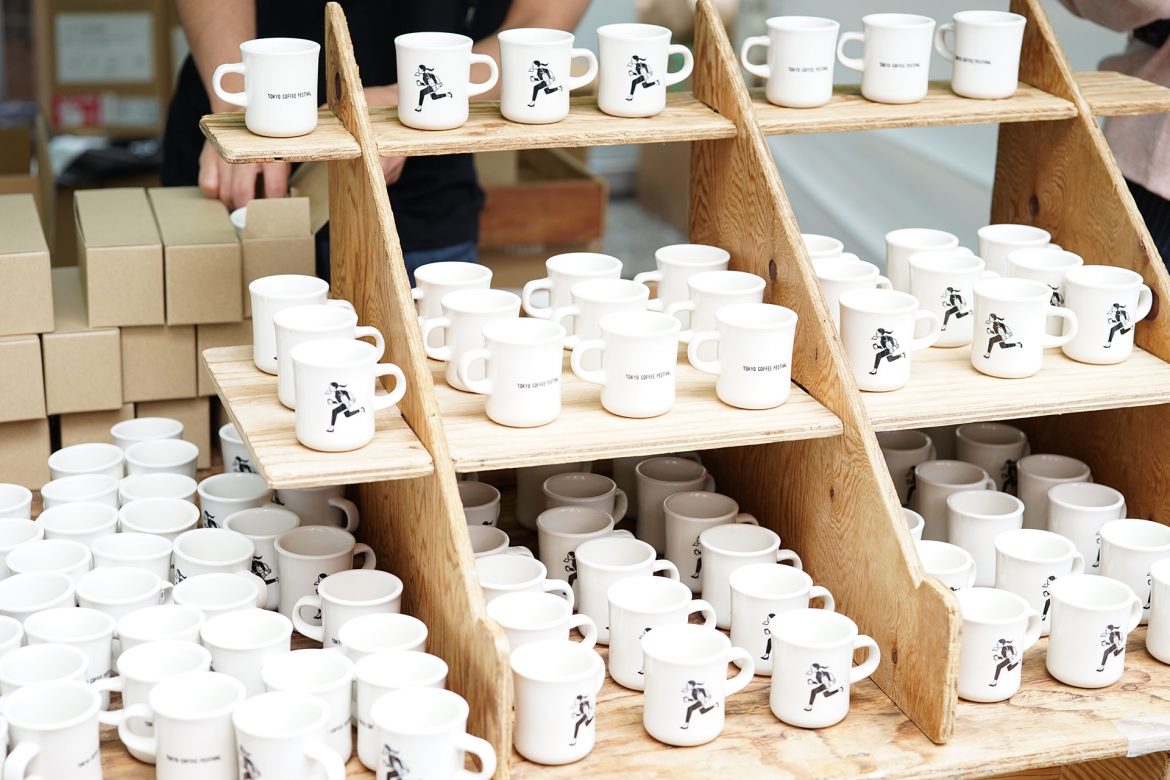

“Justin, barista camp? You’re going to a fucking barista camp?!”
I rolled my eyes and chuckled as I continued to pack my weekend bag. This was the type of reaction I was used to receiving from friends and family who weren’t into coffee. Especially my Black friends and family.
“Yes, I’m going to a barista camp,” I replied mockingly. “And not just any one, either. It’s for the BGA Level 3. You have to be recommended and invited to attend. This shit’s exclusive. I’m going to leave as one of the highest qualified baristas in the world!”
My best friend, Damien, laid back further into my couch and shook his head.
“Look, I’m all about encouraging Black excellence—even in coffee—but why you gotta do all that out in the middle of the woods? Bro, we’re in the South. I don’t care if you can draw Kehinde Wiley portraits on a latte. The Chattahoochee National Forest is out there, and let’s be real—white coffee people scare me.”
I threw my head back in laughter, tossing in the last of my clean, customized coffee wares and zipped up the bag.
“Why, because they’re ‘too nice’?”
“EXACTLY! And they like cold brew way too damn much!”
Damien stood, straightened up, and smiled creepily at me. He started to reenact a barista behind a bar. “‘Would you like a cold brew flight today? They’re the same coffee processed in different ways! This one tastes like juniper berries, this one has more notes of elderflower and black currant, and this one right here…”—he stopped to throw in a condescending chuckle—“this one is extra special. It was grown so high up, the beans were touched by the light of God up in Heaven and they say you see the Golden Gates when you drink it.’”
We both burst into a fit of laughter. Damien was a trip, but he wasn’t wrong either. He spent many hours hanging out at the coffee shop I worked at in Atlanta, always watching and poking fun at the culture that came with it. But Damien was my biggest supporter, and in an industry where I was usually the only Black face in a sea of white, I appreciated him hyping me up and keeping me grounded.
A car horn honked a couple of times outside of my window.
“Alright, bro. That’s Karen, so I gotta go.” Damien and I dapped each other up and I started to leave.
“Be safe out there!! Don’t trust nobody. Especially people who drink cold brew.”
————
“Are you excited for Barista Camp?” Karen was the Director of Education at my coffee shop. She took a sip of her cold brew and smiled over at me in the passenger seat.
We were about halfway through the three-hour drive to the northern part of Georgia from Atlanta. We spent most of the time talking about our shop dynamics and things we’d like to see improve. Karen had been working at our shop for ten years, having trained many baristas who went on to do great things in coffee.
I was shocked when she told me she recommended me for this Barista Camp that was exclusively for those seeking to be Level 3-certified. The BGA had been working on the Level 3 certification for years, but most of us thought it would never end up happening. I worked multiple jobs to pay to get my Level 1 and 2’s before I landed this job. When I got the official invitation and our boss offered to cover the costs, I felt like all my hard work had finally paid off.
“Yeah, it’s cool,” I shrugged, trying to mask my actual excitement. “Since you know the organizers, anything I should expect? You know… besides probably being the only Black guy there?”
“Oh, come on,” Karen shot me one of those looks.
“I’m just saying! We don’t have to act like it’s not true!” I threw my hands up in the air and my hand knocked the cold brew out of hers, spilling it everywhere. “I’m so sorr- OH SHIT!”
The car veered off into the opposite lane as she let go of the steering wheel to grab the cup. In an instant I grabbed the wheel and swerved as hard as I could, lurching the car back into our lane, just as an oncoming truck went roaring past. Karen slammed brakes slammed and we sat silently, breathing heavily in a state of shock.
“You good?” I asked. She unfastened her seatbelt and stepped out of the car to examine her pants. A few seconds passed before she started laughing. I guess the adrenaline and caffeine was starting to settle.
I hopped out too and chuckled a little with her. I looked both ways down the empty two-lane highway. Tall, lush trees lined the road for miles and the sun was starting to descend.
“That was wild!” Karen exclaimed.
“Yeah, I guess…” I started to say, and then I noticed the lights flashing red and blue. My voice trailed as a cop pulled up behind our car.
“Is everything alright here, folks?” A tall, white sheriff stepped out of his vehicle and walked over to us suspiciously. He gave Karen a glance but turned most of his attention towards me. Middle of nowhere Georgia? Of course.
“Yeah, everything’s fine, officer. Just spilled coffee on myself while driving and needed to stop, is all,” Karen replied with a calm laugh. I just stood silently. The sheriff’s eyes did not move from me.
“Where you two headed?” He pointed at the road ahead of us.
“Oh, we’re going to a barista camp,” Karen told the officer. I was fine with her taking the lead on this one.
“Barista camp, huh?” The sheriff’s eyes narrowed a bit. “You like coffee, son?”
I nodded, still quiet, but felt uncomfortable with the amount of attention I was receiving.
“Yup! We’re huge coffee nerds, and we kind of have to get going if there’s nothing else…?” Karen stepped slightly within the sheriff’s line of sight to garner his attention. He tipped his hat to her before giving me one last look, then left. I sighed in relief.
“That was awkward,” I said.
“Oh, whatever,” said Karen. She tossed me the keys. “You drive the rest of the way.”
————
After what seemed like forever, driving deeper and deeper into the woods, we pulled up to a massive house tucked away along the edge of the forest. It was freshly painted pale grey and had a wraparound porch. We were miles off the main road, and all you could hear were birds and the wind rustling through the trees.
A man and a woman stepped out from inside the house and waved to us. Karen almost didn’t let me finish parking before jumping out to run and greet them on the porch. I approached the group while they hugged each other.
“And you must be the barista Karen says will be the next best thing in coffee!” The man was not much taller than me. He donned a short beard and glasses. His La Marzocco-branded five panel hat was brand new and his plaid shirt was tucked just a little too perfectly into his jeans.
“I’m Justin,” I said reaching for a hand shake.
“Oh, we don’t have to be so formal! We’re all homies here,” He laughed with a wink. “I’m Dave.” The world’s worst attempt at a dap was made between us, but I brushed it off and laughed along with him. “And this right here is Molly.” Dave reached back to introduce his partner, a small woman in a grey “NASTY WOMAN” t-shirt and tattoos on both arms.
“We’re really happy to have you here, Justin,” said Molly.
“Molly and Dave own one of the best coffee companies in the US and mentored me when I was first starting out. They’re the reason why we even have a Level 3,” Karen spoke proudly. “And they built this entire camp facility just for the test!”
Everyone smiled at each other. You could feel the history between them, and I was about to be a part of it.
———
The entire property was a wonderland for coffee pros. There was a room lined with state-of-the-art sample roasters, and another filled with white powder-coated Linea Minis with light wood accents. The nicest grinders on the market—EK-43’s, Mythos 2’s, Lux D’s—they were all here. The cupping lab was separate from the house and doubled as a classroom in the backyard in an all-glass enclosure.
I walked around the property alone, taking photos with my phone and posing for Snapchats I sent back to Damien.
“Did you see the roaster’s cabin yet?” A deep voice with a slight Australian accent came out of nowhere, startling me. I turned to see one of the biggest faces in coffee smiling smugly. Jarrydd Reeves was a career barista competitor, having won both the Australian and United States Barista Championship across several seasons. Jarrydd (two r’s, two d’s and a y) was a good-looking Australian white guy, cocky and brash, who moved from Melbourne a few years ago to Portland to conquer America. Jarrydd’s resume included brief stints at some of the best coffee shops in the world, but he’d never to win the big one—he was many things, after many years trying, but he was not a World Barista Champion. And so he continued to compete every year, and the entire industry seemed to shift in whatever direction he set through those routines.
“Ha, what’s that?” I snapped another pic of the cupping lab.
“It’s Justin, right?” he asked me. I nodded. “C’mon, I’ll show you.”
We walked about a hundred feet down a dirt path deeper into the woods. Talking with Jarrydd was more like a monologue: he spoke mostly about himself, his thoughts on coffee, and plans he had for competition in the upcoming season. He was an instructor at the camp, too.
“You know, distribution tools really are a game-changer,” Jarrydd said to me. “Espresso is just so much better. I’m talking 26% extraction, bruv!”
“Eh, I don’t think they make that much of a difference,” I said shrugging. Jarrydd grabbed my shoulder tight to stop me. I looked down at his hand then back at him. He was shaking his head.
“Dog—I can call you that, right?—have you ever tested an espresso with a refractometer with and without a distribution tool. The consistency, dog. The consistency. Do you even know what a refractometer is?”
“Yeah, dog,” I said while removing his hand from my shoulder and rolling my eyes.
We approached a small cabin with smoke exiting the chimney. Chaff fell gently from above and the air smelled like warm cookies and popcorn. Someone was roasting.
Jarrydd opened the door into the cabin. A deep red, 25-lb San Franciscan sat in the middle of the one-room cabin while coffee beans turned in the cooling tray. A fresh batch of green was going inside the roaster. Cupping bowls and spoons were neatly set up on a small, round table on the other side of the room. A poster of the Counter Culture flavor wheel was up on the wall. Underneath it were a palette of green coffee bags with the Ninety Plus Coffee logo on every single one.
“Isn’t this tight?” Jarrydd exclaimed, stepping over to the other side of the roaster to where I couldn’t see him. I took a few photos and posted a video to social media. “Yo, come meet the roaster!”
Jarrydd was standing by a desk situated in the corner behind the roaster where sat a clean-shaven, skinny Black man wearing a “Filter Coffee, Not People” t-shirt. He hunched over a laptop analyzing roast curves. I was relieved to see him.
“Hello, my name is Adrian,” said the man standing up. His voice was monotone, but polite. He probably had been in here roasting for hours.
“Wassup, man. It’s real good to meet you.” My tone was seeping with subtext. I went to bump fists but he grabbed it instead. “Oh, haha….” I went in for a handshake instead.
“Adrian’s been roasting for Molly and Dave for a real long time. He’s one of the good ones!” Jarrydd hugged Adrian’s shoulders and smiled. Adrian returned the smile but something felt off.
“This is a cool setup you’ve got here,” I said looking around. “Mind if I snap a pic?”
“Yeah, totally!” Jarrydd chimed in answering for him. I let out an annoyed sigh while Adrian positioned himself next to the cooling tray. The auto-flash went off.
“Oh shit, one more. I didn’t mean to use fl-“ I looked up and Adrian’s entire demeanor changed. He leaned over the roaster as if he were in pain, his eyes wide open searching the ground then up at me. It looked like he’d woken up and realized I was there for the first time.
“Get out,” Adrian said, voice cracking. Jarrydd grabbed both his shoulders and tried to push him back into the chair next to the roaster but Adrian was slightly stronger. “GET OUT!” He yelled this time, struggling with Jarrydd and lunging toward me.
I stumbled back as Adrian started to fight Jarrydd and scream. Jarrydd raised his voice this time and told me to leave and I listened. Running out of the cabin, I fumbled for my phone to send the photo to Damien.
“Is everything okay?”
I physically jumped hearing and seeing Molly suddenly appear in front of me. I dropped my phone and cracked the screen. Fuck.
“Uh— yeah. Everything’s cool…” I shook my head and sighed picking up my broken phone. I could make out the message notification from Damien but couldn’t get it open to see it. Molly stepped next to me and linked her arm with mine. She slowly started to walk me forward, back towards the house.
“I’ve been wanting to speak with you since you got here, Justin,” She started. “Let’s go inside and chat…over a coffee, of course”
——
Molly’s back was turned to me as she finished brewing a December Dripper for two. The brew smelled like berries and dark chocolate.
“I just love coffee from Ethiopia, don’t you?” She said turned around, placing a steaming mug on the table next to me. We sat on deep brown Eames chairs directly across from each other. “You know, Africa is the motherland for coffee,” A smile crept across her face as she began speaking. Her eyes did not leave mine and I started to become really uncomfortable. “And here at our camp, we go out of our way to show our appreciation. Diversity in all ways is very important to us.”
Molly bent her head down into her white notNeutral cup and took a loud, long cupping slurp from it. Suddenly, I felt paralyzed. My brain screamed for me to get up and run, but I couldn’t. All I could do was stare wide-eyed back at Molly as she cradled her coffee cup. The tattoos on her arm—long branches of coffee fruit and portraits of Black and brown women picking them—started to move and taunt me. My heart rate skyrocketed. I couldn’t do anything.
Tilting her head to the side, Molly gave me a look of concern that turned sinister. She knelt down in front of me, still holding her cup, and held my right cheek.
“We’re going to help you become one of the greatest coffee professionals ever, Justin. With our help, you can get there.”
Dave, Jarrydd, and Karen stepped into my line and sight and crowded Molly, all staring at me. I noticed a glass bottle of cold brew in Karen’s hand. Molly took another loud slurp from her cup and the space around me disappeared. I sunk back into a dark abyss, the scene of everyone around me fading away quickly. I screamed. I cried. I tried to reach for something but there was nothing.
——
I stirred the bloom and took a large sniff of the bright, citrus aromatics of the coffee sitting in the large vat in front of me. Kenyan coffees really do make the best cold brew, I thought to myself. I stepped off the small ladder and unhooked my apron, revealing my “Coffee Is The New Black” t-shirt.
Adrian wheeled a bucket of freshly roasted coffee into the space. “UGANDA” was written in large letters on the side—no additional information. I maneuvered around the maze of nitro kegs to retrieve the beans from him. We exchanged nods and he retreated back to his roaster’s cabin. My cabin was new. Cases of brown glass bottles with white scripted letters printed on them sat alongside a wall, waiting to be filled with my delicious cold brew. It was outfitted with two white EKK’s, a top-notch RO water system, and a state of the art bottling system.
I became the cold brew guy.
Michelle Johnson (@thechocbarista) is the publisher of The Chocolate Barista, and the marketing director at Barista Hustle. Read more Michelle Johnson on Sprudge.
The post The Tale Of The Cold Brew Place appeared first on Sprudge.
from RSSMix.com Mix ID 8200593 http://sprudge.com/the-tale-of-the-cold-brew-place-127648.html

